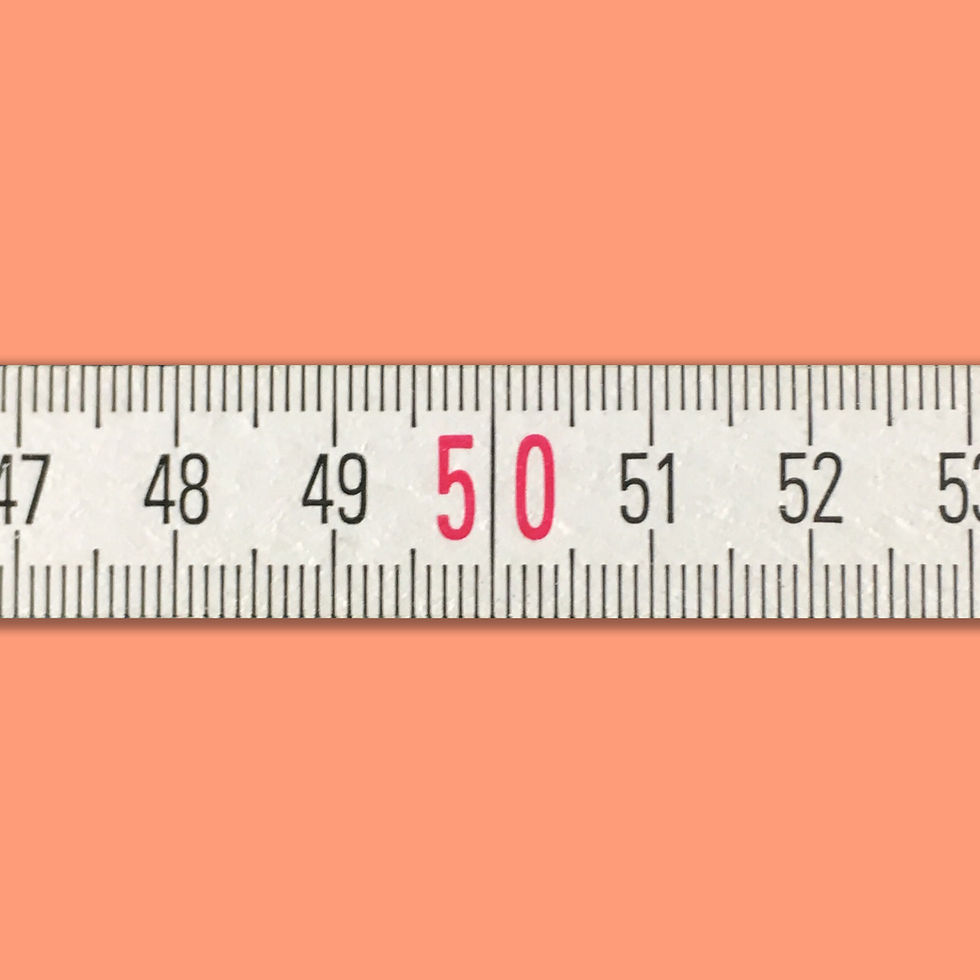Yin & Restorative Yoga
- Emily O'Dea

- Feb 18, 2024
- 4 min read
Yin and restorative yoga practice(s) are my happy place! They are my jam. My students/clients/fellow practitioners have heard me refer to Yin as Yummy Yin countless times. Yin Yoga differs from a typical asana class/session. Yin is slow. Yin is restorative. Now, let me pause there and let me also point out Yin and Restorative yoga are different but similar. (You guys, I love this topic!)

Pictured above is me post baby #1 with bolster propped up with two cork yoga blocks with a yoga blanket twisted around my ankles to support the feet and legs in butterfly/cobbler pose. One hand is on the heart, and one hand is on the belly. This hand gesture was practiced a lot post baby #1 to support me as a new mama as encouraged by a fantastic Ayurveda practitioner. What is that shadow in the window you may inquire? It's a teddy bear in the window at the beginning of pandemic lockdown. Spring 2020.
Yin Yoga:
Yin yoga is a passive asana practice that focuses on the subtle body. It's a very passive practice. The intention is to put moderate stress on connective tissues, tendons, fascia, ligaments to increase circulation in the joints of the body as well as improving flexibility. Poses or shapes are traditionally held 5minutes or more. I believe the original way of teaching yin was without props. So in my opinion, this was class offering was geared towards healthy, already mobile enough, bodies. Paul Grilley and Sarah Powers in the west really brought this practice to life.
Restorative yoga is not a fancy way of taking a nap nor is it stretching, which can easily become another way to generate craving, which is definitely not relaxing. Instead of doing yoga, this form of yoga does us. Restorative asana practice provides a framework for openings of body, breath, and mind to occur naturally over time, without tightening, stretching, or collapsing.
Cyndi Lee, Yoga Body, Buddha Mind
Restorative Yoga:
Restorative yoga is also a passive asana practice. The practice tends to have only a few poses used during classes - like six total. Unlike yin, restorative yoga utilizes props heavily. Props support, bring the ground up to bodies, and also a sense of calm to be able to discover and watch sensations and such. Restorative yoga's intention is to undo, to rest, to access more of the parasympathic nervous system that is our rest and digest system. It calms the nerves. It helps us move from the high stress, fight/flight/freeze response of modern life and returns to balance. This way of being also promotes calm, the ability for the body to repair, heal, to connect the mind to the body. It improves quality of life. And, is a practice that works with injuries and chronic diseases. BKS Iyengar and Judith Lasater are the famous yogis the breathed life into this practice. One of my yogi mentor teachers was a restorative yoga teacher and influenced my teaching.
It is also said to the one of the most advanced practices in Yoga.

Emily's Blend of Yummy Yoga Yin Time Utilizing Restorative Techniques
I blend the two ..... I have had a couple fantastic fascia teachers that are more yin to me. I believe fascia is one of those understudied, unknown, critical systems to our wellbeing. I also see the absolute need for props to make the practice supportive, calming, grounding, accessible, and comfy (AKA yummy). I love that restoratives reaches to all body types. I also like that restorative yoga can also start with some mindful movement to get the wiggles out, and then moves into stillness. You see this in more rehabilitative classes. Sometimes in a yin class I can't just drop into it immediately I need to ease into it.
I add these principles and techniques to Pilates restore, or stretch, or whatever they are being called these days. When I taught at Club Pilates the community dubbed it as "Emily's Spa Class" which I hold with high honors. I would start with gentle movement and then we'd ease into holds like that in a yin and restorative class. I'd end the class either in a yummy cobbler shape with feet in straps with 2-3 minutes of breath, or sometimes I would put students in savasana and let them be.
This is a powerful practice that I come to when I am in intense moments of stress, feel out of balance, or need to find a way to push the noise aside and hear me again. It's a practice also to cultivate that relationship with yourself. So you can learn, relearn, remind yourself how to be your own best friend. It takes stillness to move and feel in this meditative way. Which also lends itself as an asana practice to then transition into pranayama, mediation, Yoga Nidra practices. Which is way its said to be part of the most advanced practices.
More on the Topic:
Be Well. Be Kind. Be.








Comments